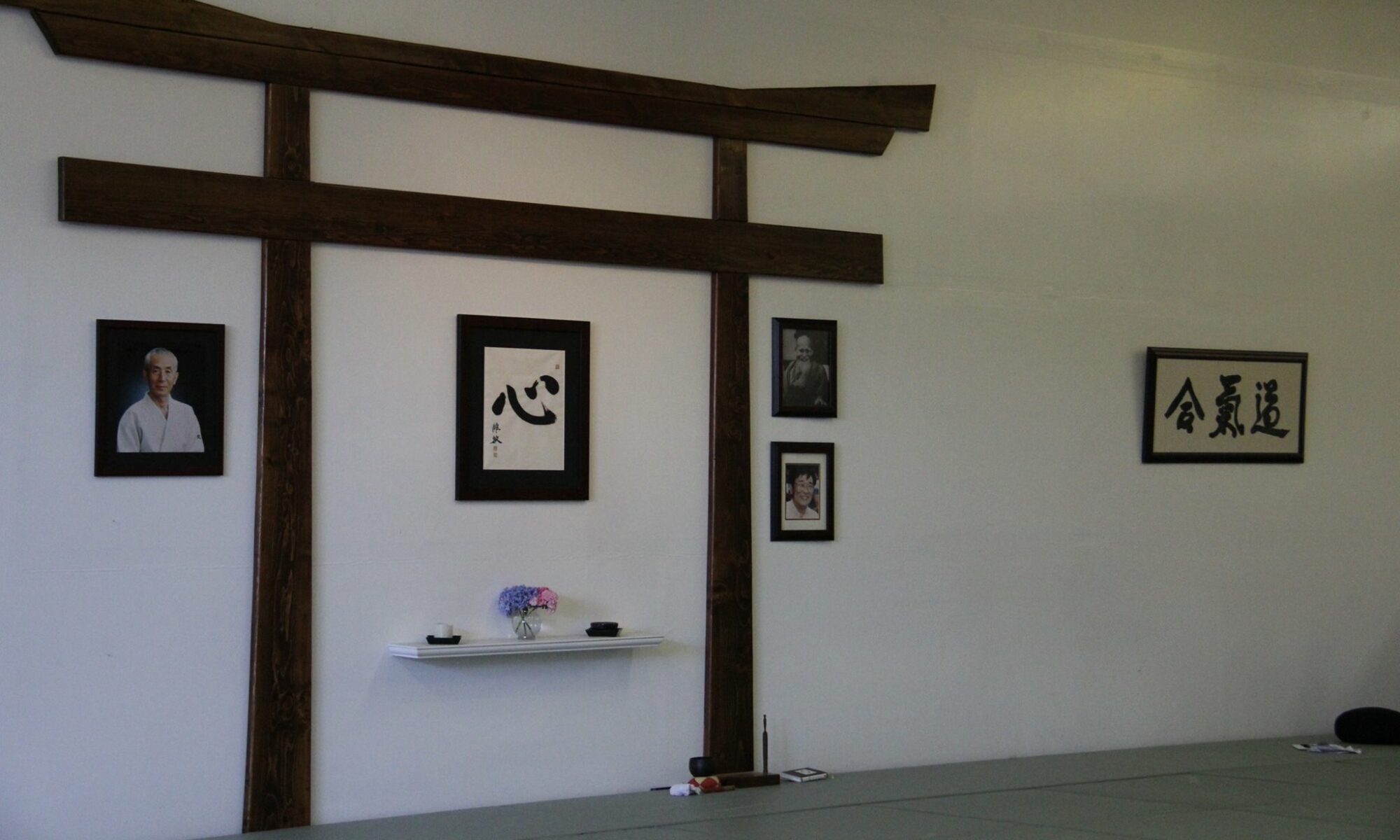Recently, West Sensei has mentioned Yagyu Munenori. Some of you are familiar with this 17th century Japanese sword master, but others of you may not be so. For a little background, Yagyu Munenori lived from 1571 to 1646 and served as the sword master and a key leader in the Tokagawa Shogunate (essentially serving as the director of intelligence). Yagyu Munenori was a contemporary of the famed Miyamoto Musashi (though there’s no evidence the two of them ever met). He was also the author of a key book on swordsmanship called the Heiho Kadensho which is one of the most influential martial arts books ever written.
The question is: how does he relate to our practice of Aikido? There are a number of answers to that question. First, this particular sword art, Yagyu Shinkage-Ryu was one that set the stage for fusing Zen practice with martial arts. Second, perhaps more mechanically, is the subtle use of distance and movement – like moon-shadow steps. The third, is that Munenori established the idea of a “killing sword” and a “life-giving sword.” Using the life-giving sword, a martial artist does not lose but also does not strive to win.
Yagyu Munenori was a fascinating character in both the history of Japan but also the history of martial arts. One of the strongest principles Yagyu Munenori instilled in his students was the idea that swordsmanship was not a skill learned to kill but rather to fully realize one’s true self. This lineage connects to Aikido directly in that both Morihei Ueshiba (O’ Sensei) studied Yagyu Shinkage-Ryu, as did Muryama Sensei.
By Nate Weed


